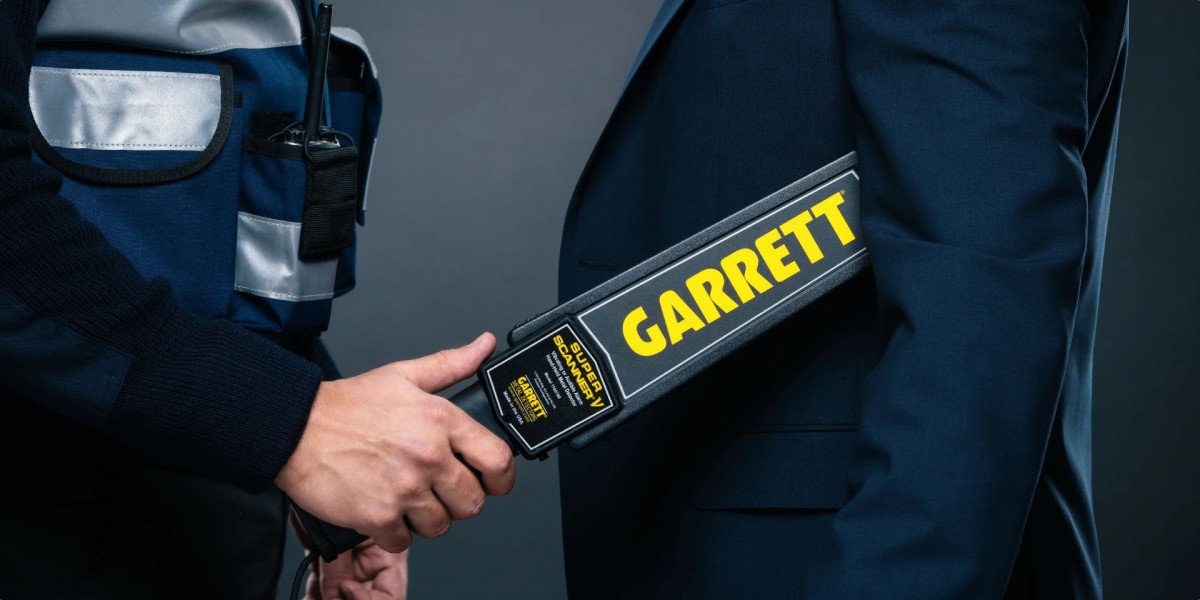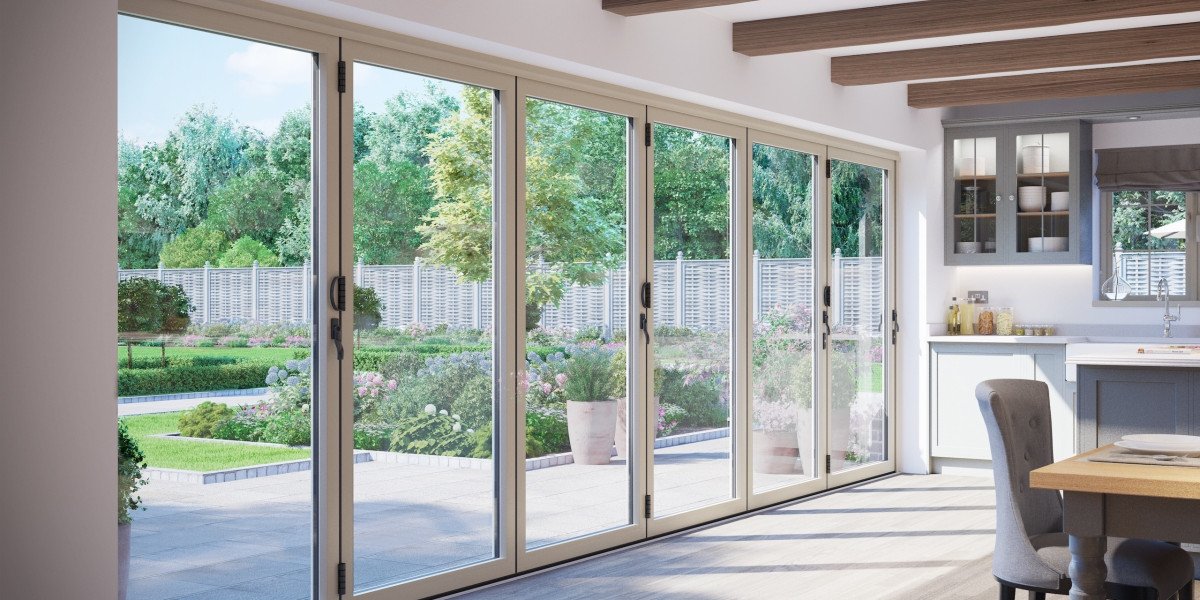Bifold Door Repair: A Comprehensive Guide to Fixing Common Issues
Bifold doors, likewise referred to as folding doors, are a popular choice for homeowners wanting to maximize space and produce seamless transitions between spaces or indoor and outdoor living areas. Their classy, space-saving style enables wide openings without the swing space required by conventional hinged doors. From closets and pantries to patios and space dividers, bifold doors provide adaptability and visual appeal. Nevertheless, like any mechanical component in a home, bifold doors can experience wear and tear in time, causing numerous functional concerns. Luckily, numerous typical bifold door renovators door issues are manageable with some basic DIY abilities and the best guidance.
This article functions as a comprehensive guide to understanding and attending to typical bifold door repairs. We will explore normal issues, equip you with the necessary tools and knowledge, and walk you through step-by-step repair procedures. By understanding the mechanics of bifold doors and finding out standard repair methods, property owners can extend the life-span of their doors and avoid pricey professional service calls.

Understanding Common Bifold Door Problems
Before diving into repairs, it's important to identify the root cause of the problem. Bifold doors, while fairly easy in design, depend on several elements working in harmony. When one part malfunctions, it can impact the entire system. Here are a few of the most regular issues property owners encounter with bifold doors:
- Hanging or Sticking Doors: This is maybe the most common problem. Doors might get stuck while opening or closing, need extreme force to move, or scrape against the frame or flooring. This can be caused by misaligned hinges, deformed doors, or issues with the track and roller system.
- Misaligned Doors: Even when closed, bifold doors should sit flush and lined up. Misalignment can manifest as spaces between door panels, unequal spacing from the frame, or a failure to latch correctly. This can result from loose hinges, deformed doors, or shifted tracks.
- Damaged or Broken Hardware: The rollers, hinges, pivots, and tracks are the workhorses of a bifold door system. In time and with frequent usage, these components can wear, break, or end up being damaged. Broken rollers can prevent smooth moving, while damaged hinges can cause sticking and misalignment. Harmed tracks can block roller movement and lead to jerky operation.
- Loose Screws and Fittings: Vibrations from regular use can loosen screws and fittings that hold the hinges, tracks, and other hardware in location. Loose parts can lead to instability, misalignment, and loud operation.
- Warped Doors: Exposure to moisture and temperature level changes can trigger wooden bifold doors to warp. Distorted doors can be challenging to close effectively, might rub versus the frame, and can develop spaces.
Necessary Tools and Materials for Bifold Door Repair
Having the right tools and products on hand will make the repair process considerably smoother and more effective. Here's a list of common products you may need:
- Screwdrivers: A set of Phillips head and flathead screwdrivers of various sizes is vital for tightening up and loosening up screws.
- Drill/Driver: For more persistent screws or for setting up brand-new hardware, a drill/driver can be important. Guarantee you have a variety of drill bits and screwdriver bits.
- Hammer: A hammer can be valuable for carefully tapping elements into place or for getting rid of persistent pins.
- Pliers: Pliers work for grasping little parts, flexing metal elements, and removing pins.
- Level: A level is essential for guaranteeing doors are effectively lined up vertically and horizontally.
- Measuring tape: For accurate measurements when replacing parts or changing door positions.
- Wood Shims: Shims are thin pieces of wood utilized for leveling and aligning doors within the frame.
- Lube (Silicone Spray or Dry Lube): Lubricant can considerably improve the smooth operation of rollers and hinges.
- Replacement Rollers, Hinges, and Tracks: Depending on the concern, you may need to purchase replacement parts. It's frequently valuable to identify the producer and model of your bifold doors to guarantee you get suitable replacements.
- Wood Filler or Epoxy (for wood doors): For repairing minor damage to wooden doors, such as broken corners or screw holes.
- Shatterproof Glass and Gloves: Always focus on security when carrying out DIY projects.
Step-by-Step Bifold Door Repair Guide
Now, let's explore the practical steps for fixing typical bifold door concerns:
1. Dealing With Hanging or Sticking Doors:
- Inspection: Begin by carefully observing where the door is sticking or hanging. Is it rubbing against the top, bottom, or side of the frame?
- Lubrication: Often, an easy lubrication of the rollers and track can resolve sticking concerns. Apply silicone spray or dry lube to all moving parts, consisting of rollers, hinges, and the top and bottom tracks. Open and close the door several times to distribute the lube.
- Hinge Adjustment: If lubrication doesn't solve the issue, inspect the hinges. Loose hinges can cause doors to sag. Tighten any loose hinge screws. If the screws are stripped, you may require to use longer screws or wood filler in the screw holes before re-screwing.
- Track Adjustment: In some cases, the track itself may be slightly misaligned. Examine if the track is safely attached to the frame. If it's loose, tighten up the screws. Minor track misalignment can often be corrected by gently tapping the track into location with a hammer and block of wood.
- Door Warping: If the door is warped, minor warping might be attended to by carefully correcting it using clamps and weights. However, badly warped doors may require to be replaced.
2. Repairing Misaligned Doors:
- Hinge Adjustment (Lateral Alignment): Misalignment can often be remedied by changing the hinges. Loosen up the hinge screws slightly and carefully move the door panel left or right to attain better alignment. Retighten the screws as soon as lined up.
- Shims (Vertical Alignment): If the door is irregular vertically, you can utilize shims. Open the door and place shims behind the depend upon the lower panel to raise it or behind the hinges on the upper panel to reduce it. Experiment with shim placement and density till the doors are lined up, then tighten the hinge screws safely.
- Leveling the Frame: In unusual cases, the door frame itself may be out of level. Use a level to examine the frame. If it's not level, you might need to change the frame itself, which can be a more intricate job and may need expert support.
3. Changing Damaged Hardware (Rollers, Hinges, Tracks):
- Roller Replacement:
- Open the bifold door and locate the damaged roller.
- Depending upon the style, you may require to remove a keeping clip or screw to release the old roller.
- Carefully eliminate the old roller.
- Place the brand-new roller, guaranteeing it is effectively seated and secured.
- Evaluate the door operation.
- Hinge Replacement:
- Open the door and identify the damaged hinge.
- Get rid of the screws holding the hinge to both door panels and the frame.
- Remove the old hinge.
- Position the brand-new hinge in the same place.
- Secure the brand-new hinge with screws.
- Evaluate the door operation.
- Track Replacement: Replacing a track is a more involved procedure and is usually just essential if the track is seriously damaged or bent.
- Remove the bifold doors from the track.
- Loosen the old track from the frame.
- Measure and cut the brand-new track to the correct length, if required.
- Position the brand-new track and protect it to the frame with screws.
- Reinstall the bifold doors.
- Evaluate the door operation.
4. Tightening Up Loose Screws and Fittings:
- Regular Inspection: Periodically inspect all screws and fittings on your bifold doors.
- Tightening up: Use a screwdriver to tighten any loose screws.
- Stripped Screw Holes: If screws are regularly loosening or stripped, you can utilize wood filler (for wood doors) or epoxy to repair the screw holes. Fill the hole, let it dry, pre-drill a pilot hole, and after that re-install the screw. Additionally, use somewhat longer or wider screws to get a better grip.
Regular Maintenance for Bifold Doors
Preventative maintenance is crucial to prolonging the life of your bifold doors and lessening the need for repairs. Here are some vital upkeep suggestions:
- Regular Cleaning: Keep the tracks and rollers tidy from dust, particles, and animal hair. Vacuum or clean down tracks regularly.
- Lubrication: Lubricate rollers and hinges a minimum of twice a year or whenever you notice the doors beginning to stick or squeak.
- Examine Hardware Periodically: Check for loose screws, used rollers, or harmed hinges during your routine home upkeep checks.
- Gentle Operation: Avoid slamming or requiring bifold doors. Run them smoothly and gently to avoid unnecessary tension on the hardware.
When to Call a Professional
While numerous bifold door problems can be tackled DIY, there are situations where it's best to call an expert handyman or door professional:
- Significant Door Warping: Severely warped doors may be beyond DIY repair and require expert replacement.
- Complex Track Issues: If the track is substantially bent, harmed, or if you suspect structural problems with the frame, professional know-how is suggested.
- Absence of DIY Experience: If you are unpleasant with DIY repairs or do not have the required tools, seeking expert assistance is constantly a safe and sensible option.
- Time Constraints: If you are short on time or prefer to have the repair done quickly and effectively, a specialist can manage the job.
Conclusion
Bifold doors are a valuable addition to any home, using space performance and visual appeal. Comprehending their mechanics and common issues empowers property owners to carry out fundamental repairs and upkeep, guaranteeing their durability and smooth operation. By following the steps detailed in this guide, and with a little persistence and the right tools, you can successfully attend to most bifold door track lubrication door problems and keep your doors functioning perfectly for years to come. Keep in mind, regular upkeep and timely attention to minor concerns can avoid larger issues and save you time and cash in the long run.
Often Asked Questions (FAQs) about Bifold Door Repair
Q: Why are my bifold doors sticking?A: Sticking bifold doors are frequently triggered by lack of lubrication, misaligned hinges, or debris in the tracks and rollers.
Q: How typically should I lube bifold door rollers?A: It's suggested to oil bifold door restorers door rollers at least twice a year or whenever you see the doors ending up being less smooth to run.
Q: Can I replace bifold door rollers myself?A: Yes, replacing bifold door rollers is a reasonably simple DIY task. Ensure you acquire compatible replacement rollers for your door type.
Q: My bifold doors are misaligned even when closed. How can I repair this?A: Misalignment can often be remedied by adjusting the hinges. Try loosening hinge screws and gently shifting door panels for better alignment, or use shims behind hinges to change vertical alignment.

Q: What kind of lubricant is best for Fix Bifold Door Hardware - Https://Www.Repairmywindowsanddoors.Co.Uk, door rollers?A: Silicone spray or dry lubricant are exceptional options for bifold door rollers as they are less likely to bring in dust and debris compared to oil-based lubes.
Q: When should I consider changing my bifold doors instead of fixing them?A: Consider changing bifold doors if they are significantly deformed, thoroughly harmed, or if the cost of repairs exceeds the expense of brand-new doors, especially if they are old and worn.








